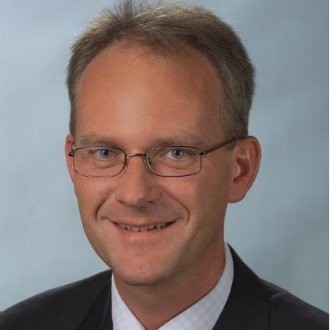Driving R&D innovation
Can you tell us about R&D at RFS?
We are very fortunate at RFS to have a rich history of innovation in our industry. We pioneered RADIAFLEX technology 50 years ago to approach in tunnel RF coverage, we manufacture HYBRIFLEX cables which offerour customers new ways to approach base station mobile connectivity, and this gives us a solid foundation on which to build as an R&D team. Everything is oriented around problem solving, how can we make our solutions better, what is the industry doing and how to we need to adapt to serve this. We are very focused on identifying pain-points and looking for ways that we can address them.
How do you approach innovation?
Of course, a certain amount of what we are working on isn’t something that I can share but as I mentioned, problem solving is at the heart of it. Much of what cable R&D looks like is chasing the additional efficiency gains; how do we make this the most efficient, high-performance cable possible for our customers. That said, increasingly we are looking at how we can hone processes to support our climate ambition goals and deliver more sustainable solutions to our customers. As long as we have a problem to solve, either immediately or something we can anticipate based on our market insights, we have a springboard for innovation.
How do you balance having the freedom to explore ideas and ensuring that you are working towards a solution that works for the market?
Being able to explore ideas is absolutely critical and we give ourselves space to do this. One thing that works very well for RFS and it is part of being an organization with a strong heritage is that if we reach a point with a project where it does not make sense to proceed, the work is not lost. Recently, we have been able to pick up research conducted at RFS over two decades ago and feed it into what we are currently working on. The market was not ready for this research then, but now that groundwork is giving us a head start on development because the industry has evolved. The result is that no work in the R&D lab is wasted as it has the potential to be used down the line. This is a big part of what gives us the freedom to ensure we are able to innovate.
What will the next 12 months of R&D look like?
A big focus will be on bringing climate ambition aspects into R&D to ensure we are tackling the issue from a product perspective as well as looking at our own business practices. Beyond this we will continue to follow the industry closely to ensure our solutions remain ahead of the market and, as is always a key focus for us, continue to chase the efficiency gains that benefit both us and our customers.


